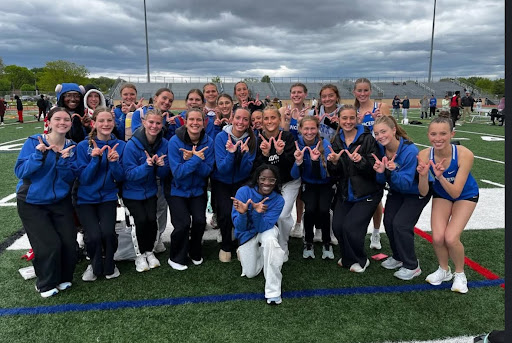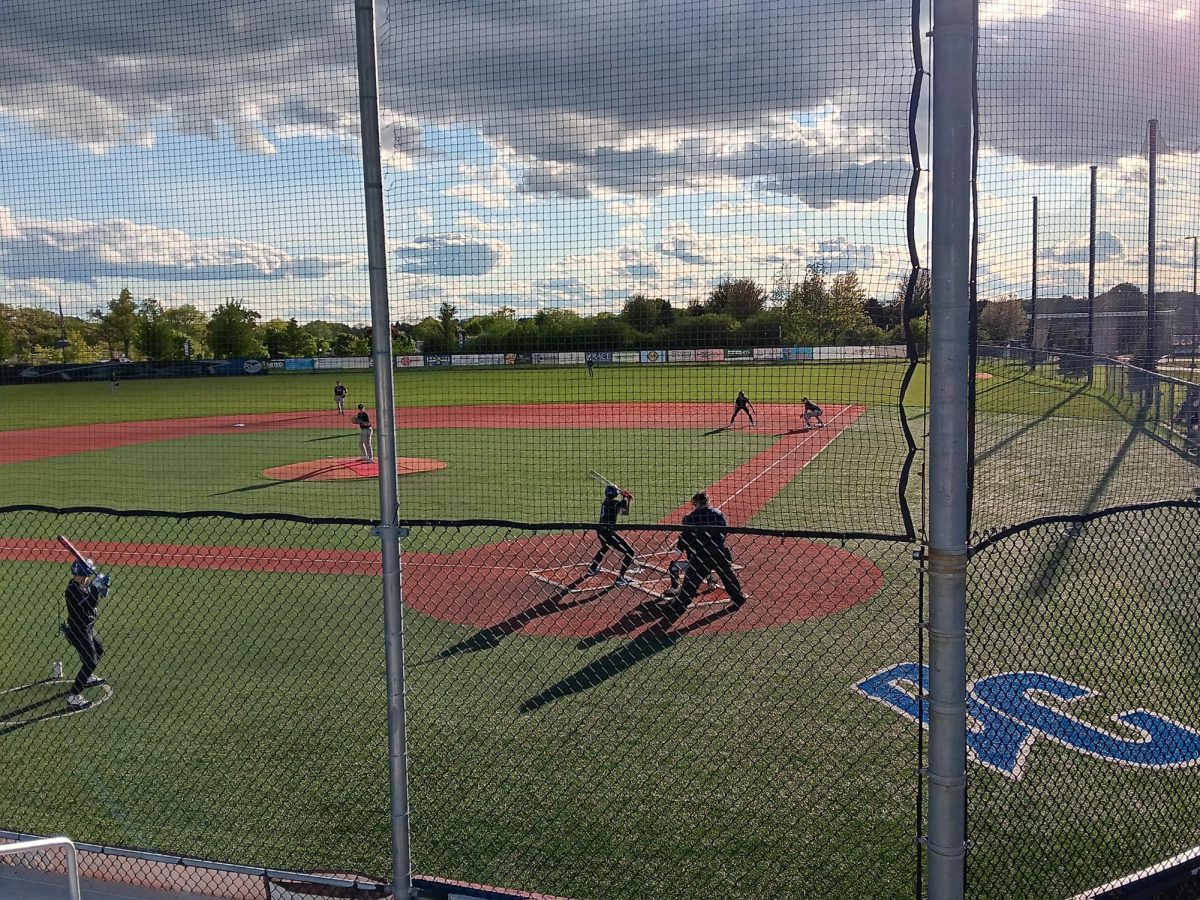When someone says, “Harvard” or “Princeton”, you immediately know what they are talking about. These universities house the quintessential intellectual minds of our generations and have an ever-growing list of brilliant alumni.
This reputation begs the question: why would the giants responsible for the United State’s dynamic innovation and ostensible superiority ever be on bad terms with the government? It seems bizarre, even impossible — but since President Trump came into office, elite universities are living out a much different reality.
Let’s start with the basics. What does the government even give universities? According to the New York Times, the beginning of this relationship started with the Manhattan Project in 1941, costing two billion dollars. The project required top-notch scientists from universities like the University of California Berkeley, the University of Chicago, and Columbia University. Since then, universities have been in close coordination with the United State’s military and domestic goals. So, to put it plainly, the government gives universities huge federal grants to fund research projects that advance scientific knowledge, innovation, and propose solutions to national problems.
Back in present-day, however, seven universities in particular have had millions, if not billions, of dollars withheld in federal grants: Harvard University with 2.26 billion, Cornell University with 1 billion, Northwestern University with 790 million, Brown University with 510 million, Columbia University with 400 million, Princeton University with 210 million, and the University of Pennsylvania with 175 million.
However, the story behind how and why those universities were given federal funding cuts is slightly more complicated. The first target was Columbia University, located in Upper Manhattan of New York City. The institution had been dealing with the long-standing fallout of the campus protests, which began in October 2023 after the Hamas attack on Israel. For the past seventeen months, Columbia was scrutinized by both political parties for not protecting their Jewish students from antisemitism. On Friday, June 7th, a joint statement was delivered to Columbia from the Department of Justice, Department of Health and Human Services, the Department of Education, and the U.S. General Services Administration. The statement, in short, said that it canceled 400 million dollars in federal grants and contracts to Columbia “over what it [the statement] described as the school’s failure to police antisemitism on campus”, as per NPR.
Columbia’s reaction to the federal grant freeze has been met with overwhelming criticism. On Friday, March 21, Columbia agreed to reconstruct their protest policies, agreeing to hire a new security force with the power and support to remove or arrest people from campus. Professor Jonathan Zimmerman, an education historian at the University of Pennsylvania — another elite institution receiving federal funding cuts for supposedly failing to protect Jewish students — and a graduate of Columbia, explained: “Historically, there is no precedent for this. The government is using the money as a cudgel to micromanage a university.”
Interestingly, Columbia’s Boston cousin is now all over the news for suing the Trump Administration over threats to federal funding cuts. The contrast in these reactions prompts a divisive conversation about constitutional rights to freedom of speech and right to assemble, and it is likely that the other sixty universities, under investigation for failure to effectively terminate antisemitism on their campuses, ranging all the way from the University of Southern California to New York University, will have to consider which path they want to take. Columbia or Harvard? Give in or resist?
These questions will indeed challenge the relationship between universities and the government once again, but this time, there is a level of uncertainty that grows by the day.






